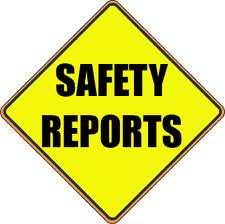
Construction can be a hazardous business. This is widely recognised by everyone in the construction industry. When accidents happen, the costs are high – in people, profits and productivity.
One of the best ways to avoid injuries and minimise costs is through good planning and coordination – both before and on the job. This should start when the decision is made to go ahead with the project and should consider all stages and parties associated with the work. The size of the job doesn’t matter — systems do.
The Act requires for contractors to take ‘all reasonably practicable steps to ensure the health and safety of people contracted by them to carry out work of any kind throughout all stages of a project. In terms of ‘best practice’, they also have a duty to consider the safety of others who may be affected by the project, such as the public.
To achieve this, the principal contractor (depending on their knowledge and experience) may need help from designers/advisers, contractors and subcontractors. The steps required will depend on the size and scope of each project. The larger the project, the wider the range will be of possible risks and hazards.
Designers, in particular, need to consider the potential effect of their actions and designs on the health and safety of those carrying out the work and others affected by it.
The construction stage site-specific health and safety plan sets out the arrangements for securing the health and safety of everyone carrying out the work and all others who may be affected by it.
These components and their interrelationships are illustrated in the figure below for Sustainable SHEQ.